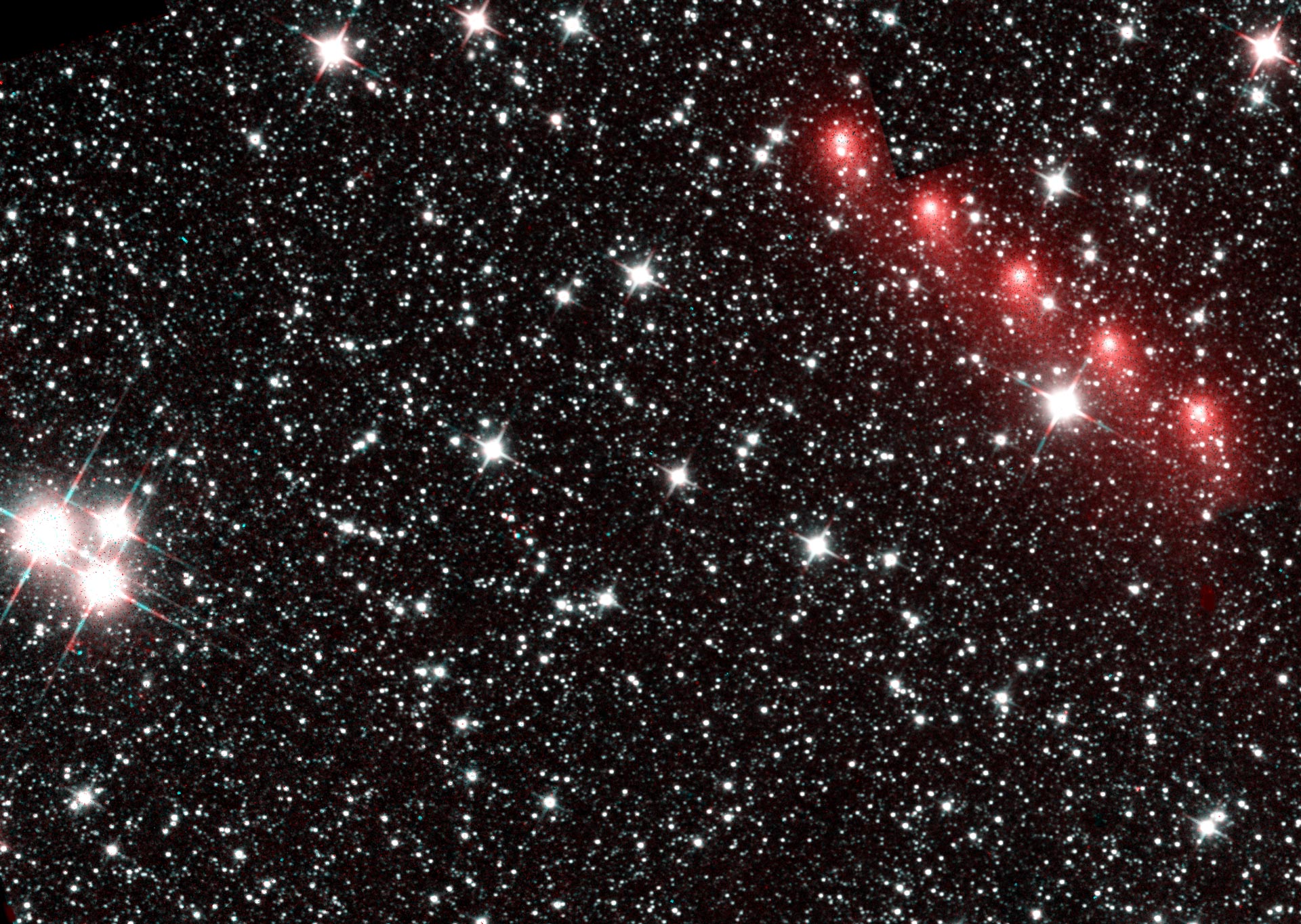
NASA has outlined a plan to prevent asteroid strikes, but while many of us might be hoping lasers are involved, the reality is focused on identifying them soon enough to take them out with existing technology.
Movies have led us to imagine that any asteroid hurtling towards the planet, also known as a near-Earth object (NEO), is easy to spot. But in reality, this is often not the case.
“NEOs are intrinsically faint because they are mostly really small and far away from us in space,” explained Amy Mainzer, principal investigator of NASA’s asteroid hunting mission at the Jet Propulsion Laboratory (JPL).
“Add to this the fact that some of them are as dark as printer toner, and trying to spot them against the black of space is very hard.”
While asteroids do get easier to see the closer they get to Earth, the options to prevent an asteroid strike are also reduced as NEOs get nearer to the planet.
“If we find an object only a few days from impact, it greatly limits our choices, so in our search efforts we’ve focused on finding NEOs when they are further away from Earth, providing the maximum amount of time and opening up a wider range of mitigation possibilities,” she said.
The NASA asteroid strikes plan: identifying NEOs
However, Mainzer and her team at JPL and Caltech have developed a method for identifying NEOs more easily.
Forming the basis of a presentation she is making today at the American Physical Society April Meeting, it takes a new approach to spotting asteroids: heat.
Instead of relying on visible light to spot NEOs, the tea, have developed a method of spotting asteroids and comets based on their temperature.
This works because such NEOs are warmed as they pass by the sun, meaning they glow brightly at infrared wavelengths. As a result, they can be spotted using an existing infrared telescope known as the Near-Earth Object Wide-field Infrared Survey Explorer (NEOWISE) telescope.
“With the NEOWISE mission we can spot objects regardless of their surface color, and use it to measure their sizes and other surface properties,” Mainzer said.
This allows both their size and makeup to be determined – allowing for an effective strategy to stop them hitting Earth to be developed.
In some cases, for example, this would be to precisely ‘nudge’ them away from Earth using data learned about their composition and size to ensure accuracy in knocking them away from an Earth-bound trajectory.
However, this is only the start. The team are now proposing the creation of a space-bound camera designed to more precisely identify asteroids and other NEOs that would not only help in the NASA asteroid strikes plan, but also enable access to more information about the wider universe.
“We are proposing to NASA a new telescope, the Near-Earth Object Camera (NEOCam), to do a much more comprehensive job of mapping asteroid locations and measuring their sizes,” she said.
“These objects are intrinsically interesting because some are thought to be as old as the original material that made up the solar system. One of the things that we have been finding is that NEOs are pretty diverse in composition.”
Read more: Additive manufacturing in space: How NASA’s 3D printing could transform spacecraft building







